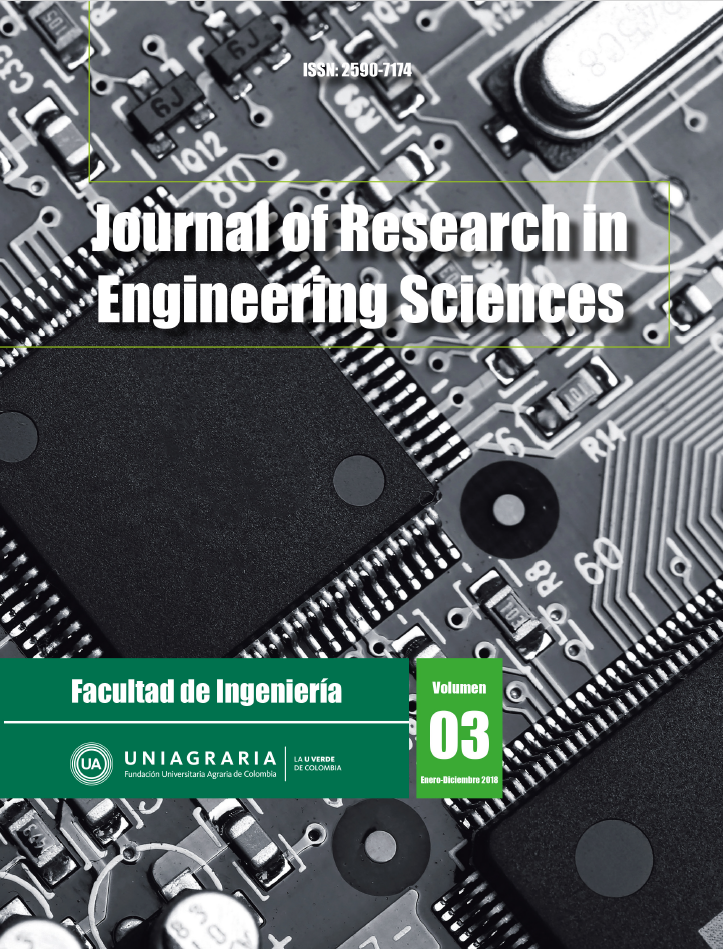Abstract
In the present work a method was established for semantic segmentation of cartographic images of Colombian tropical landscapes through the supervised analysis of groups of píxels in three classes: vegetation, water sources and other objects or strange elements in the nature of the tropical landscape that have Mainly human influence, the study of these classes allows recognizing those areas of píxels in a cartographic photograph where there may be events such as deforestation, illegal mining or illicit crops, it also allows detecting other phenomena such as flood zones or with the risk of erosion and landslides. The proposed technique allows integrating the characteristics of color, texture and edges present in the context of groups of píxels and transform the space of multiple channels directly into a Euclidean vector space. This is achieved by improving the machine processing time by having a statistical representation of the data instead of a large amount of raw data píxel by píxel and allows classifying the data using machine learning techniques. The images for the investigation came from a video database taken obliquely taken from manned aerial platforms which were previously selected and classified according to the existence of each of the defined classes, in addition expert knowledge was required for the manual segmentation of certain images, which served as a contrast to develop the algorithm and compare the effectiveness in the classification of píxels. Finally, an-error analysis was made in the training of the machine as well as in the classification process.Downloads
Download data is not yet available.
